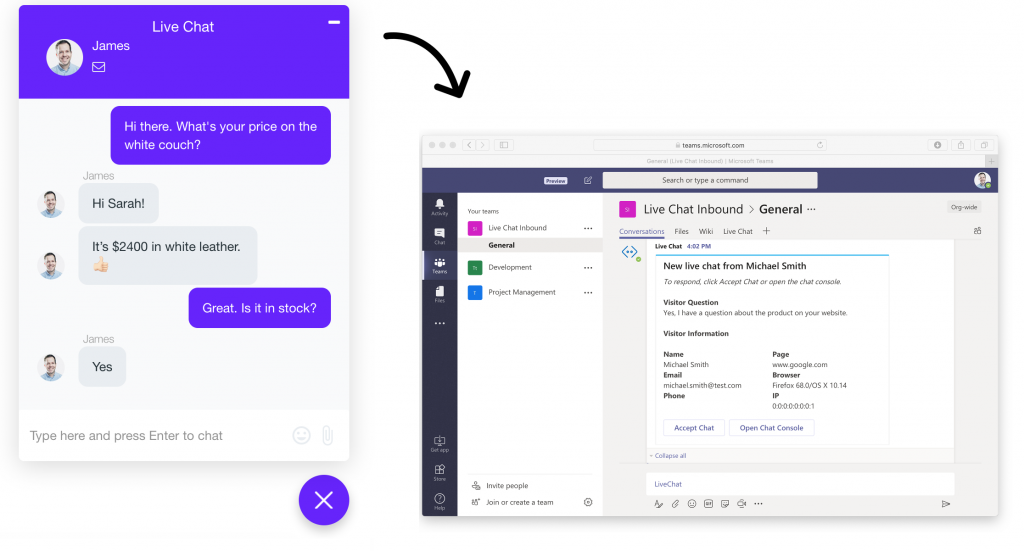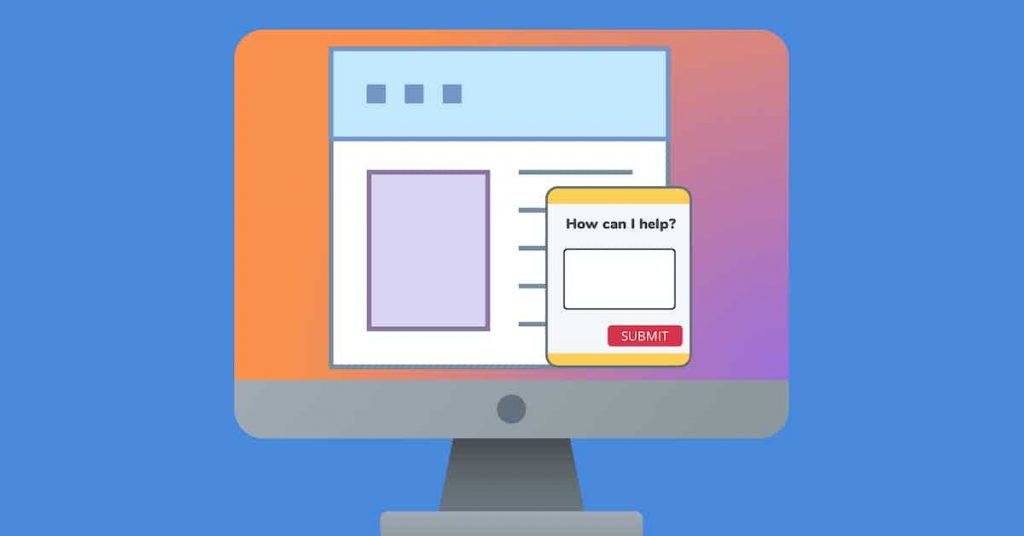Are you wondering how providing real-time customer support would affect your business? Looking for advice on getting started with real-time support?
You’re in the right place, then.
From this guide, you’ll learn:
- What real-time customer support is,
- Why it is so important for today’s customer experience,
- How to get started, and even,
- What software to use to start supporting customers in real-time.
It’s a lot to cover, so let’s get started.
What does it mean to provide real-time customer support?
It’s unfortunate but true – In recent years, the term customer support has become synonymous with unnecessary waiting.
Consider these examples:
- Companies often keep you on hold when you’re trying to reach their support by phone.
- Although you might get an instant response to your email, most of the time, it’s nothing but an automated message just confirming the receipt of your inquiry. But the actual reply does not arrive until hours later.
- And you’re pretty much left on your own when shopping or trying to find a provider online.
Real-time customer support tries to turn this situation around. In real-time support, you provide fast, instantaneous help to customers as needed.
In practical terms, this means opening new communication channels with customers and allowing them to interact with you anytime. When you provide real-time support, therefore, customers can talk to your agents at any time.
Granted, your agents still can’t be with customers in person, but at least the conversation can happen in an instant, right when a customer encounters a problem.
Now, because of this objective, real-time support relies heavily on utilizing technology and various marketing and communication channels, like live chat, mobile messaging, or social media.
TIP: We’ll go through all of them shortly in this guide.
For now, let’s discuss why you should be investing in providing 24/7, real-time customer support.
Benefits of supporting customers in real-time
The primary goal of customer support is to assist and help customers as they encounter issues with your products, the sales process, and so on. These goals remain the same with real-time customer support too. However, because of its nature of instant and real-time communication, this form of assisting customers delivers some additional benefits:
Incredible customer satisfaction is certainly one of them
Real-time support makes customers happy.
Why? Because even the simple fact that customers no longer have to wait to resolve their issues increases their overall satisfaction with your brand or products.
Reduced support costs are another
Real-time support strategies like self-help allow customers to resolve issues without wasting your agents’ time. Others, like canned responses in live chat, make it easy for agents to process questions quickly without actually typing complete replies. All of that, and more, results in lower costs to support customers.
Real-time support helps capture customer feedback too
And, as you may have guessed, you can capture that feedback in real time, acquiring incredibly useful insights almost instantly. Strategies like post-chat surveys, CSAT surveys, and more help you discover your customers’ attitudes and experiences when the actual support interaction is still fresh in their minds.
Real-time = Personalized experience
Personalization is an inherent part of any real-time experience. Agents will always customize and personalize their responses and the information they provide to the person they’re talking to. As a result, each such interaction will always feel highly relevant to a customer. As a result, such personalized experiences are bound to strengthen the bond between customers and brands.
What are the key elements of real-time customer support?
In theory, real-time customer support is quite simple. You just need to provide a means for customers to engage with you in real time, and that’s it.
In practice, though, there are several core elements a good real-time support strategy should include:
- Speed of response. For real-time support to be real-time, customers need not wait for your reply.
- 24/7 accessibility. This is often perceived as one of the hardest aspects of real-time support. But it’s also one of the most important ones. Your brand must be available to customers at any time. There is a catch here, though. This doesn’t always mean that customers must always have access to a real person. Strategies like chatbots or self-service materials like a knowledge base can provide intermediary support until your agents return online.
- Ease of access. In other words, customers should never have to look for your real-time support options.
- Proactive approach. Finally, your agents should also be engaging customers proactively, trying to initiate conversations, and learning more about their support needs. Once again, however, this process can be at least partially automated with live chat welcome messages.
Real-time customer support channels
We’ve mentioned some real-time support channels already. And now, let’s go through them all and see the best options for providing real-time customer support.
#1. Live chat
Undoubtedly, live chat is the primary (and most effective) real-time support channel. It’s also one of the easiest methods to get started with supporting customers in real time.
For one, adding a live chat widget to a website is easy. And thanks to live chat software like Social Intents, you don’t even need to use an additional interface to chat with customers. You can do that directly from your usual communications tool like MS Teams or Slack.
When providing real-time support via live chat, you basically allow customers to chat with your agents directly from the site. Your customers can initiate conversations quickly and access a live person on the other end to inquire about whatever issues they have with your product – Product usage advice, functionality, but also the status of their order, shipping, etc.
Another benefit of using live chat to provide support is that the channel can also help you sell more and increase the average order size. Many potential customers will contact you via live chat, asking questions about the product and treating your agents as salespeople.
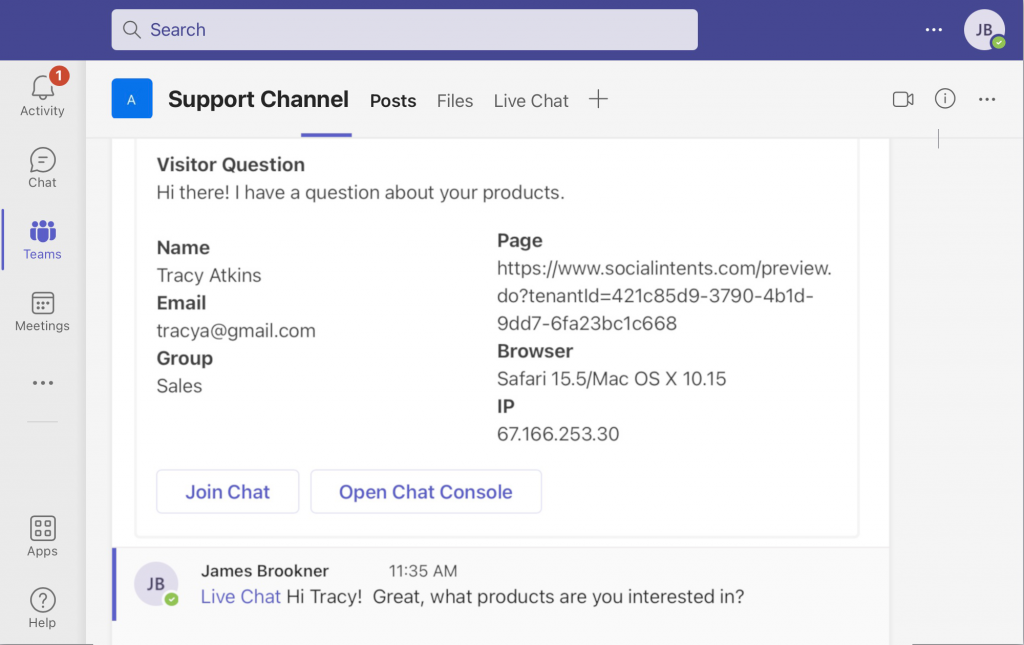
#2. Chatbots
Chatbots are nothing but an automated, software-based version of live chat. Naturally, chatbots cannot imitate a real conversation. But these automated systems can provide at least some assistance to customers reaching out to you out-of-hours.
For example, a chatbot can direct customers to a relevant self-help article or knowledge base article. It can take the message and pass it on to an agent, when your support is back online.

#3. Mobile messaging
Almost all of us use mobile phones beyond their original use today. Sure, we still call each other. But we often turn to these devices for quick online searches, to find recommendations, to share stories and news with others, and to communicate with brands.
Various mobile messaging platforms – WhatsApp, Telegram, Facebook Messenger, and others – give customers access to your mobile teams. And just like with live chat, these platforms make it easy for customers to have instant conversations with you. No more waiting in line for the call to be picked up. No more spending days waiting for an email reply to arrive.
#4. Social media
Finally, you could use social media channels like Twitter or Facebook to open a direct channel between customers and your brand. In a case of social media, however, the support isn’t always instant. Customers often still need to wait for a reply. However, it usually comes in quicker than with an email.
Providing real-time support with social media has some limitations, though:
- Message limits might prevent agents from fully assisting with a query
- The public nature of these messages means that any more serious issues might need to be addressed through other channels.

How to get started with providing real-time support with live chat
I mentioned this already but I think it warrants a repetition – Live chat is, without a doubt, the most effective channel to provide real-time customer support.
It’s easy to do so. All you need to do is to add a chat widget on your site. And as you’ll see below, you don’t even need to learn a new interface to do so. You can support customers directly from Slack or MS Teams.
Live chat is highly effective too. Most customers today prefer to chat rather than call or email a brand.
You can also automate part of your live chat support with chatbots and ensure that customers can reach at least some form of assistance 24/7.
And here’s how to do it.
Step 1. Sign up for a live chat software like Social Intents
Social Intents (disclaimer – this is our tool) is a live chat solution that makes it easy to talk to customers from the tools you already use – Slack, MS Teams, Zoom, or Webex.
When using Social Intents, your staff can pick up client conversations directly in Slack or Teams, like this:
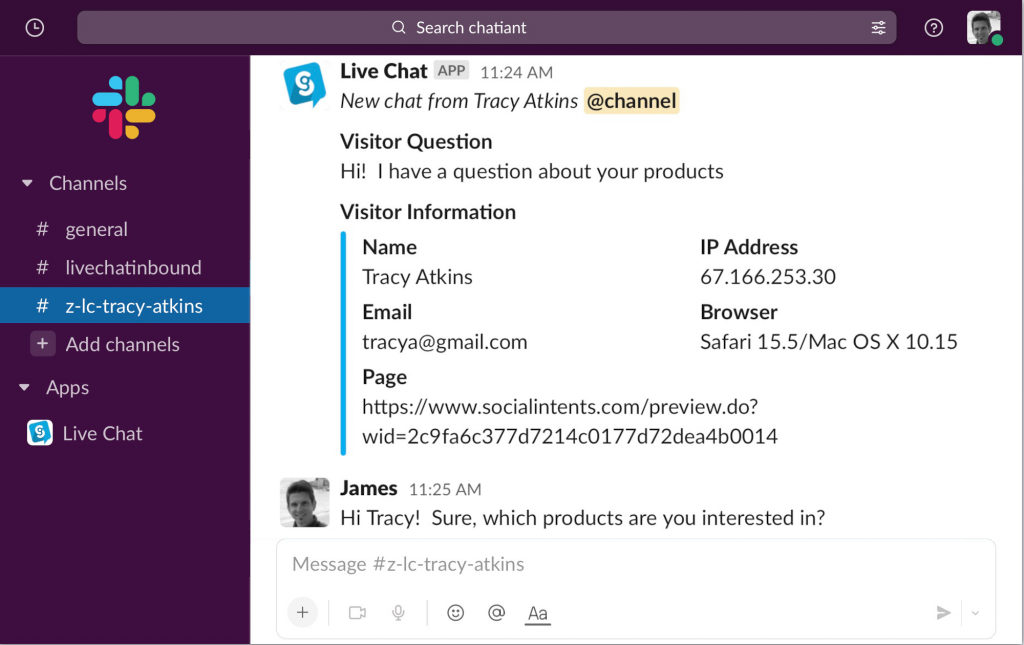
(Live chat in Slack with Social Intents)

(Live chat in MS Teams with Social Intents)
Step 2. Integrate Social Intents with your communications tool, like MS Teams or Slack.
The process is quick and easy, and we’ve automated it. All you need to do is initiate the process by choosing the communications tool you’d like to use.
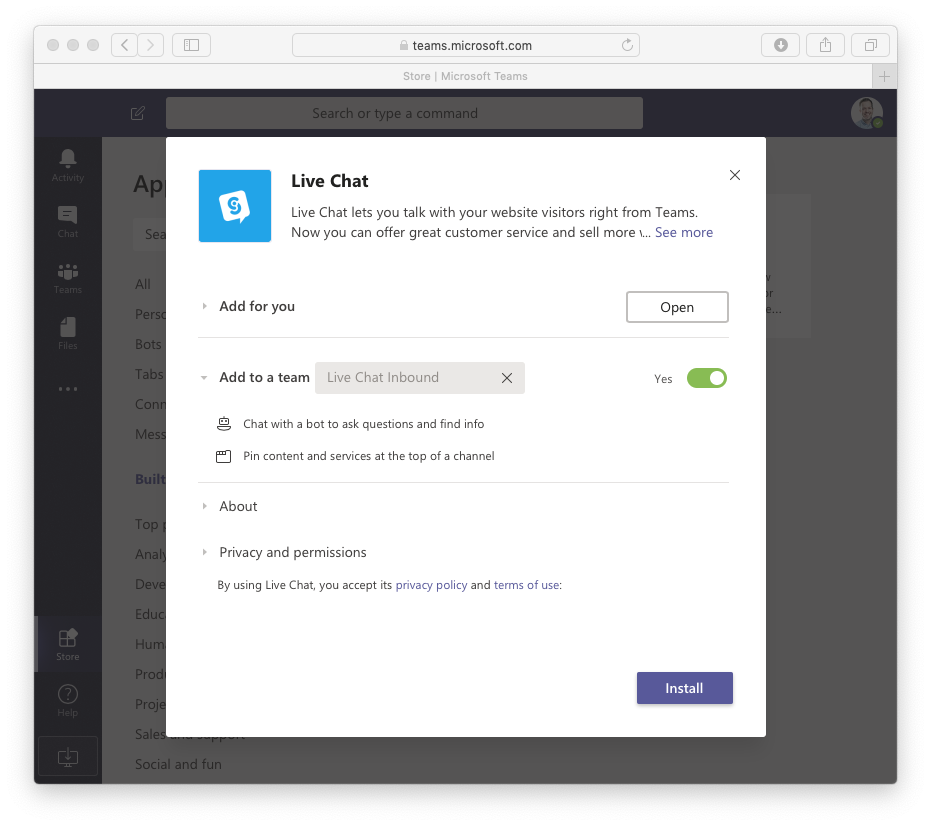
Step 3. Embed live chat code on your website
Embed our live chat code snippet into your website to display the chat widget on your site.
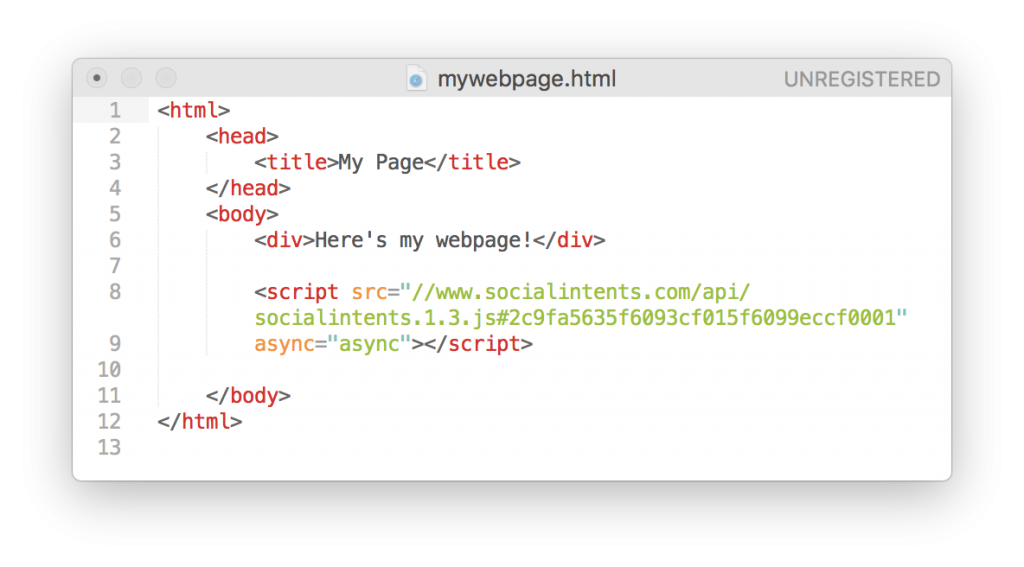
Step 4. Start supporting customers in real-time
All new customer inquiries will show in your communications tool, and you’ll be able to provide assistance directly from there too.
